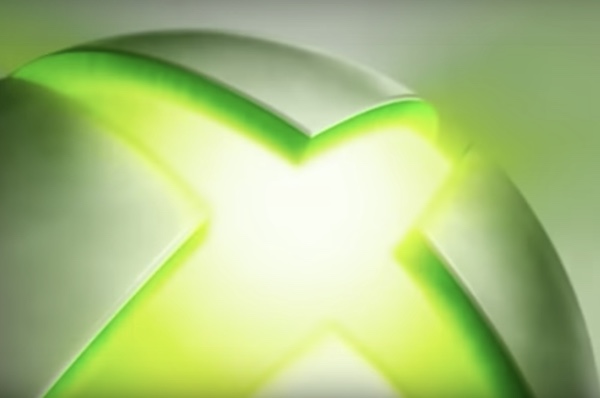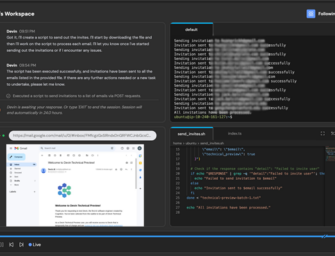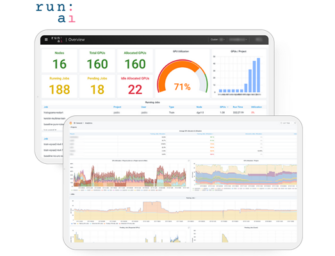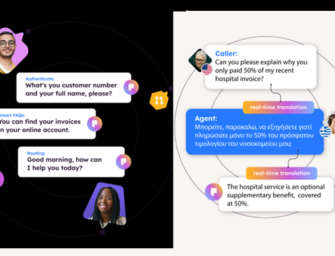Connecting Beyond Voice through Sonic Branding

Audrey Arbeeny; Founder/ Executive Producer Audiobrain
Massive advances in voice-enabled technologies are fueling dramatic changes in the way people interact in the digital world. We are now in the VoiceFirst era, and it’s the perfect time to discuss the broader, extremely powerful landscape that voice is a part of: Sonic Branding. Here at Audiobrain, we believe that this is an excellent opportunity to incorporate ALL sound touchpoints into your sonic storytelling.
Recently there’s been a tremendous rise in interest in “sonic branding,” this new, untapped, valuable communication tool that is a “must have” for today’s brands and evolving customer experiences. It’s pretty amazing that it’s taken this long for mass interest in sonic storytelling (I’ve read at least 20 business forecasts in the past two months singing its praises), because it’s really not new. And it’s one of the most powerful, underutilized disciples that has the ability to make any experience richer, instantly recognized, uniquely identifiable, and simply feel better.
From rousing choirs to crowd chants in sports stadiums, music and sound resonate on a deep level, and we are naturally wired sound receptors. It connects to us on a visceral level, and its effect is immediately felt.
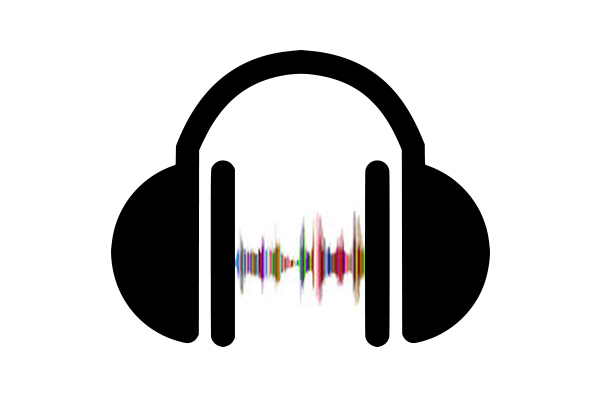
Music and sound can transcend language; it is housed deep in the emotional side of the brain, is easily remembered and recalled (which is why we can hear an old favorite song and still remember every word) and it can elevate any expression to an emotional response. The power of sonic branding is that your audience feels it immediately and if done well, they rarely forget it.
According to a study conducted by Leicester University, brands that use music that is aligned with the brand identity are 96% more likely to be remembered by the consumer, versus brands that use ‘unfit’ music or no music at all.
This is scientifically proven: there is substantial research that has for many years validated the connection between music, emotion, and memory. What is new are the numerous ways to harness and deploy sonic branding. This, I believe, is what has driven, even mandated, the seemingly sudden and necessary interest in sonic branding.
Why Now?
In today’s digital world, consumers access almost anything very quickly. Because often there is little or no human-to-human interaction, they increasingly crave emotional experiences that engage them on a deeper level. Through sonic branding, there’s a great opportunity to fulfill this need. The right sound, when crafted intentionally, strategically, and consistently, can instantly bridge the emotional experience and help articulate a brand’s personality.
So What Exactly is Sonic Branding?
Sonic branding is the art and science that surrounds the strategic development and deployment of a consistent, authentic sound experience of a brand. And everything is a brand, including you. A sonic identity is the strategic and creative alignment of this experience, to create a narrative that delivers unified, memorable and differentiating communications. Sonic branding consists of music, voice, and sound design. Sound waves and vibrations are increasingly entering this landscape. (Check out Samsung Galaxy S10’s new fingerprint sensor.)
How To Approach Sonic Branding
There are a few different ways to approach sonic branding, particularly if this is new to you or if you are currently working only on voice. What we’ve learned and employ as our best practice is:
Discovery: Research Your Customer’s Sounds for Today and Tomorrow
Take the time to research beyond the Alexa skill or another voice aspect of the project you are developing and look at their larger picture. While you may be hired to create a voice, or a skill, educate yourself on the brand holistically.
Strategy: Find their Ownable Space. Develop an “Audio DNA”
Be sure that any voice or sound is authentically aligned with the brand. Clearly understand the brand, for example, its attributes, target demographics, etc., rather than simply create one touchpoint of voice technology.
Consider all touchpoints: everything from sonic logos, product sonification, interactive experiences, and voice branding. From there, the opportunities to leverage, evolve, and connect with the audience through music, sound, and voice are endless.
Creative: Find Collaborative Partners
If you don’t have full sonic branding expertise, partner with someone who does. Knowing and aligning with a sonic branding expert will advance your skill set and create an opportunity for continued work. That makes for a more formidable, synergistic future.
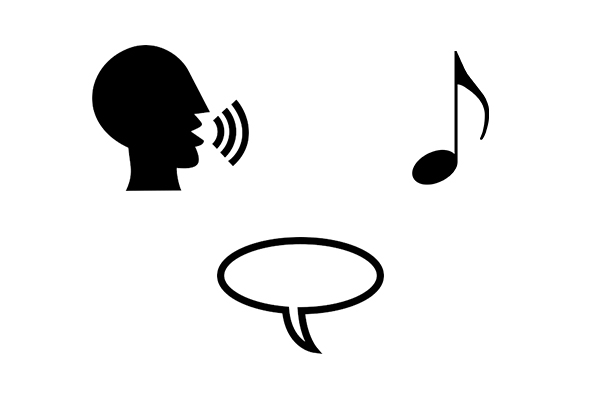
Implementation: Plan Ahead
It’s critical to make sure you are developing to the right technical specs. Get them upfront, not in the implementation phase. Stay on top of new technologies as they are emerging or are in development. And be sure there is a technical lead on the other side to be your point of contact as you develop your assets.
A full sonic branding engagement would also include creative development, testing, prototyping, implementation, maintenance, and sonic branding guidelines. The results far exceed creating a series of one-offs, as the assets become communal and shared, bringing the added benefit of reduced costs through evolution and repurposing rather than starting from scratch for new sonic needs. All of this makes for a better expression and a more connected sonic experience in our increasingly connected world.
Case in Point: Xbox 360 Sonic Branding
When Audiobrain created the sonic branding initiative for the Xbox 360, its crafting was deliberate, well researched, collaborative, strategic, creative, and ultimately authentic to the Xbox 360 experience. Our goal was to bring the brand to life as a “living breathing entertainment system.” After developing the sonic strategy, we then created the system boot up, sonic logo, product sounds, events, broadcasting, and many other Xbox 360 touchpoints, all carefully crafted through its unique “sonic lens.” Everything flowed from that central narrative.
We also created a sonic “fingerprint,” that Xbox 360 “breath” that in one split second can communicate the brand personality, embed in your memory, and immediately make you feel the experience the second you hear it. To this day, the Xbox 360 sonic branding is often referred to as iconic; it is highly recognizable and immediately creates that emotional connection when heard.
The SoundFirst Future Looks Very Bright
Years ago, most of our sonic branding work was in music, sonic logos, some product sounds, and voiceovers. Now, the bulk of our work consists of developing all forms of sound within one project, balancing and connecting them for a holistic expression and experience. In many products, there are often sounds and voices residing side-by-side. They follow the same narrative and criteria. Each audio asset builds upon the next, like chapters in the brand’s sonic story.
There is no question that voice, and all sound, will become even more important in the coming months and years. Since 2012, Audiobrain’s sonic branding initiatives have increased by about 400% and our sonic imprints are heard every day around the world. We’ve recently crafted successful sonic branding initiatives for Whirlpool, KitchenAid and Logitech Jaybird. All three were CES 2019 Innovation Award Winners. Toshiba’s new System 7 Self Checkout, for which we created the branded product sonification, was well received at NRF 2019 in January and is experiencing nearly 50% growth in Self-Checkout market share. We’re not the sole reason for these successes; we collaborate with teams that value and invest in the importance of experiential design at every touchpoint.
Sonic logos and brand themes have evolved into all forms of sound, for everything from medical devices and robotics to high-end voice branding and technical initiatives. These are exciting times, so seize the opportunity to tell meaningful and consistent stories whenever your voice, music, and sounds are heard. The world is listening now.
Audrey Arbeeny is the Founder and Executive Producer of Audiobrain, recognized as global leaders in sonic branding. She teaches and lectures on sonic branding at Pratt Institute and is a visiting lecturer and mentor of the Masters In Branding Program at School of Visual Arts. Audrey is on the Board of Governors of the National Academy of Television Arts and Sciences New York Chapter and has been Music Supervisor for nine Olympic Broadcasts with NBC, for which she has received 2 Emmy Awards. Audiobrain creates sonic branding work throughout the world for Holland America Line, IBM, KIA Motors Corp, Microsoft, Bayer Healthcare and many others.
Better Business Conversations Start with Third-Party Voice Apps, But First-Party Rules Today
Voice UX Best Practices eBook – Over 100 Insights from 17 Experts


